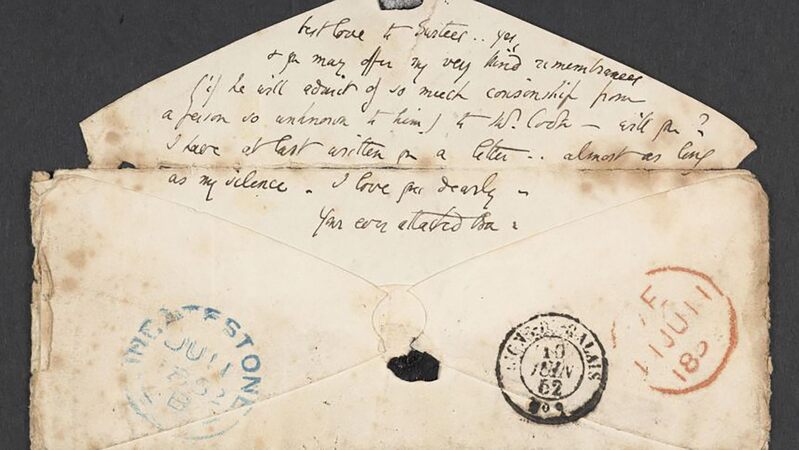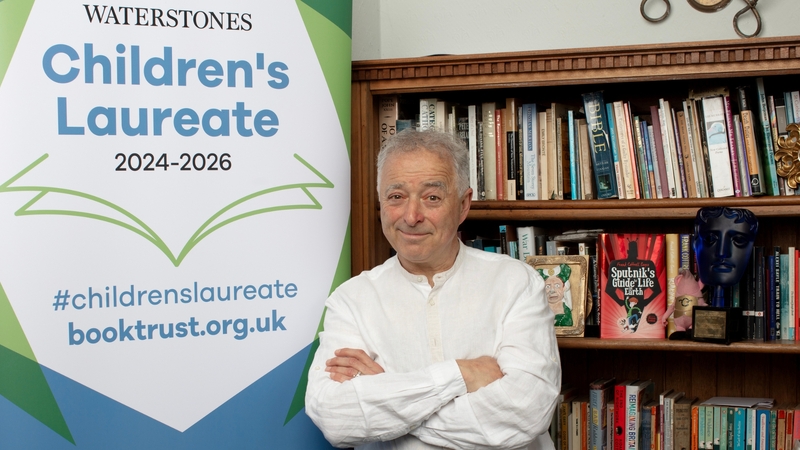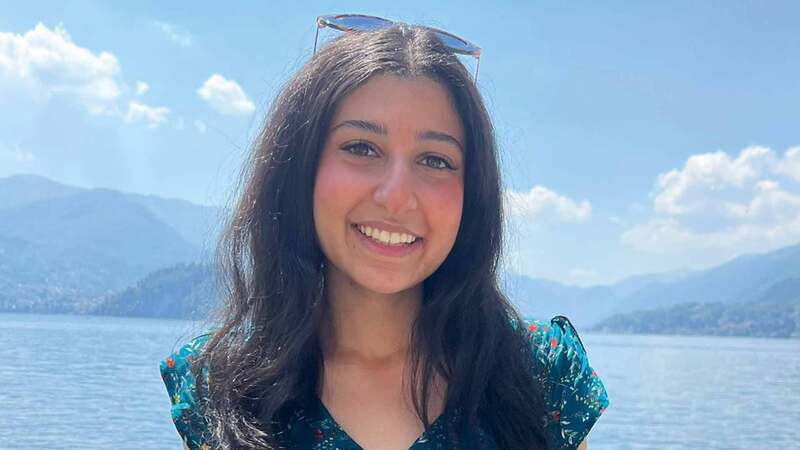You are viewing your 1 free article this month. Login to read more articles.
Seeing double: twins in fiction
From Shakespeare’s Viola and Sebastian to Lewis Carroll’s Tweedledum and Tweedledee, twins or doubles abound in both literature and myth and continue to be a source of fascination for writers.
I’ve always been interested in the doppelganger as a literary motif – which obviously departs from the idea of twins as we know them in reality. The notion that one could have a split self, representing both ego and id, is a much-used trope in gothic writing - think Jekyll and Hyde, Jonathan Harker and Dracula, Frankenstein and his Creation.
The dark double allows for the transgression of boundaries and the reader can observe the unconscious as it enacts its instinctual will. There’s something exciting about this. Perhaps, too, our interest in twins is also sparked by a sense that our identities are not fully secure, that there is always something missing – emotionally, spiritually or physically, and that to have a twin might provide an understanding of the self, dreaded or not, that would bring completion.
Bringing together the idea of twins and literary doubles is the unanswerable question: if one had a second self, what would he or she be like? The possibilities are endless. The child in me thinks how good it would have been as a schoolgirl to be able to trade places with my other self for the day and get up to all sorts of mischief. I’m sure my siblings and I encouraged my younger twin sisters to do so.
The Parent Trap
One of my favourite books from childhood is Lottie and Lisa by Erich Kastner and I also love the film based on this novel, The Parent Trap (the original with Hayley Mills, of course). The playfulness that the idea of twins allows is exciting and, again, one that releases repressed or suppressed energies. I like the way the twins work as a team in these stories and pit themselves against the adult world.
In Black Heart Blue, Rebecca and Hephzibah have none of that playfulness. The tie that binds them, apart from love, is fear and a shared desire for survival. Rebecca’s love for her twin, her other self, is so strong that she sacrifices herself time and again to save her sister. Their physical differences are ultimately irrelevant: it’s the internal bond that counts. Hephzi says that Rebecca’s face is as familiar as her own, and the suggestion that two people could feel as if they are one is something that those of us who are singletons would love to understand.
What exactly would it mean to be as close as that to someone? What would it be like to know what someone else is thinking before they’ve even opened their mouth to speak? Of course, it might be suffocating, annoying and frustrating - Marjorie Wallace’s fascinating book, The Silent Twins records the experiences of twin girls whose relationship was extraordinary. The love/hate dynamic between them was incredibly powerful and hearing Marjorie talk and then reading her book some years ago might have had an impact on the way I portrayed interactions between my main characters.
To some extent twins are curiosities, stared at, wondered over, always other in some way. I know how frustrated my sisters get when they are referred to as “the twins” as if they lack individual identities. To always be compared to or allied with another human being must become something of a bind. In Black Heart Blue Rebecca and Hephzi are as different as can be. Also, they refuse to be divided into the good twin/evil twin paradigm – both girls are flawed, both complex.
I thought it was important for the characters to develop their own identities through their narratives which have many differences. For example, their voices are entirely distinct. Hephzi speaks in the present tense, because she’s a present tense kind of girl where everything is immediate and instant – she’s desperate to grab life by the balls right here and right now. Rebecca, however, narrates in the past tense; her understanding of the world is mediated through a greater depth of pain and anguish and an awareness that she is cut off from even the scant opportunities that Hephzi is able to discover. Their individuality is hugely important and provides some of the tension in the novel.
So twins will go on teasing and tormenting us: unknowable and fascinating in both the real world and in fiction. I’m yet to read a book about octuplets though – which gives me an idea...
Famous twins in literature
Tweedledum and Tweedledee
Alice befriends these chubby twins who are determined to fight yet finish each other's sentences and are utterly indistinguishable, embodied in Tenniel's illustrations
Fred and George Weasley
These flame-haired twins provide comic relief throughout the Harry Potter series, pulling pranks in school until they leave to open up their own joke shop before Fred's untimely death in the Battle of Hogwarts
Sam and Eric
The identical twins in Lord of the Flies are known as Samneric, so in sync that they 'breathed together, they grinned together, they were chunky and vital' and could not function individually
Elizabeth and Jessica Wakefield
The Sweet Valley High books began in 1983 and ceased publication 20 years later with 152 books in the series by Francine Pascal, who inevitably had to employ ghostwriters to keep up with teen girls' demands for the Californian twins' adventures
The Bobbsey twins
First written in 1904 by Edward Stratemeyer and published under the pseudonym Laura Lee Hope, the longest-running series of children's novels (which ended in 1979) starred the middle-class Bobbsey family with its two sets of twins, Bert and Nan and Flossie and Freddie
The Cheerybles
In Dickens' Nicholas Nickleby, Charles and Ned Cheeryble live up to their name and play the part of the delightful double act who go on to rescue Nicholas from the clutches of his villainous uncle
Viola and Sebastian
The oldest twins in literature are Viola and Sebastian from Shakespeare's Twelfth Night, written in 1601. Shipwrecked Viola believes her brother Sebastian to be dead, and masquerades as a man, inciting a complex love triangle
Louisa Reid is the author of Black Heart Blue, out now, published by Penguin.















